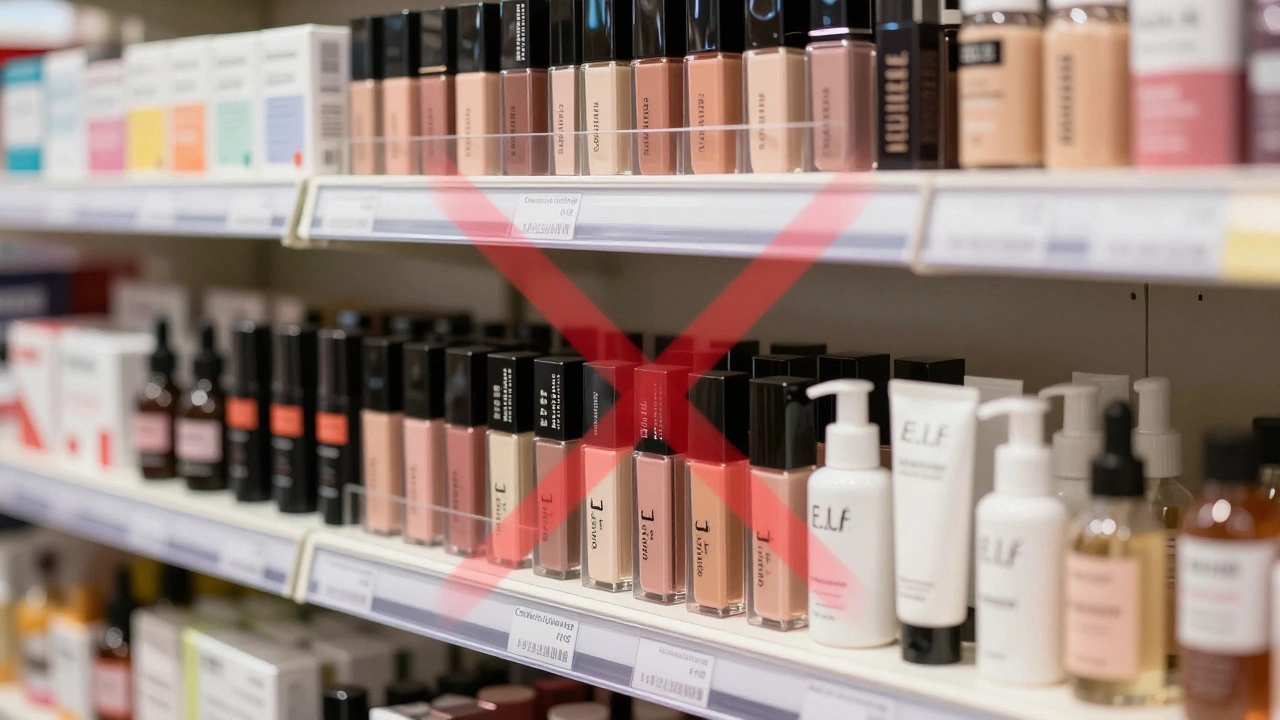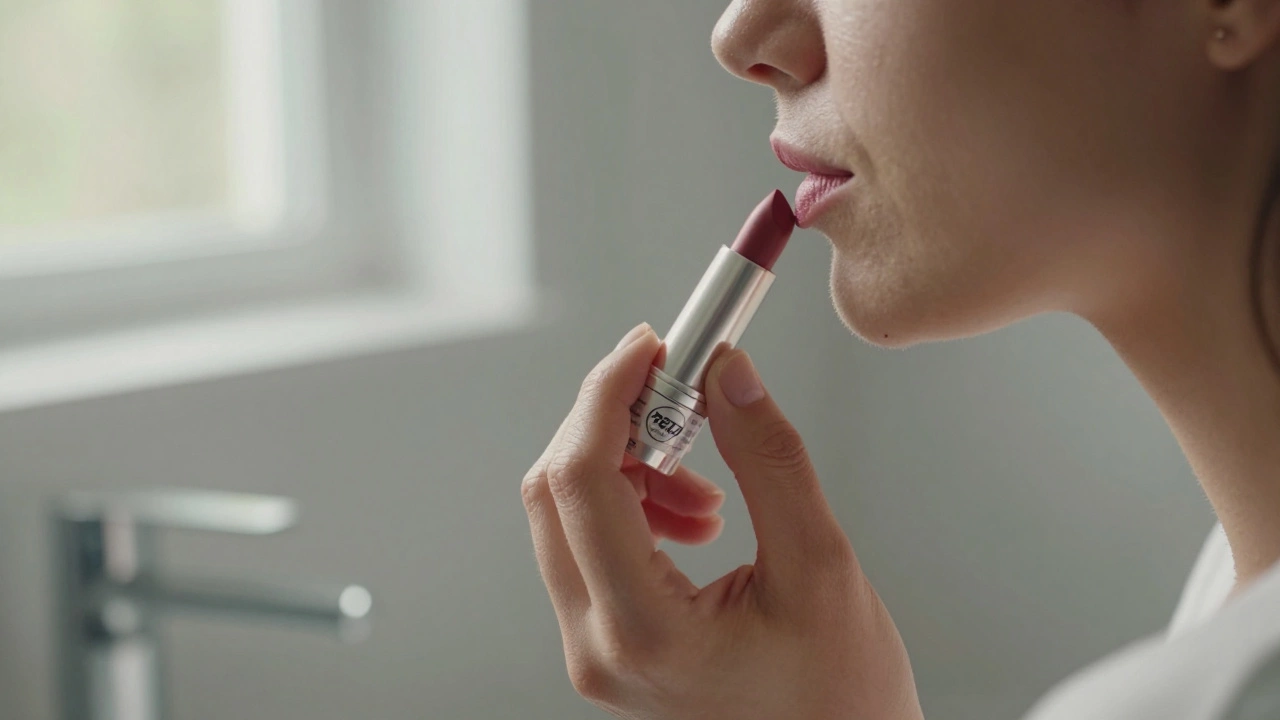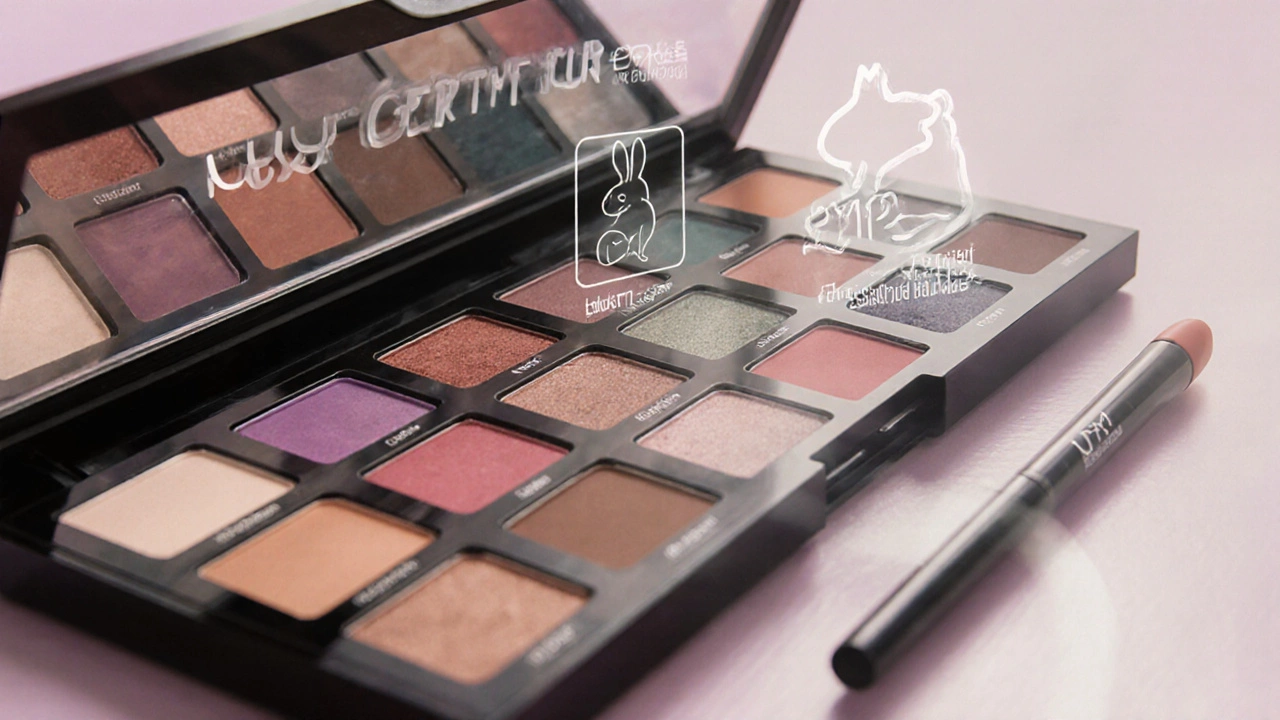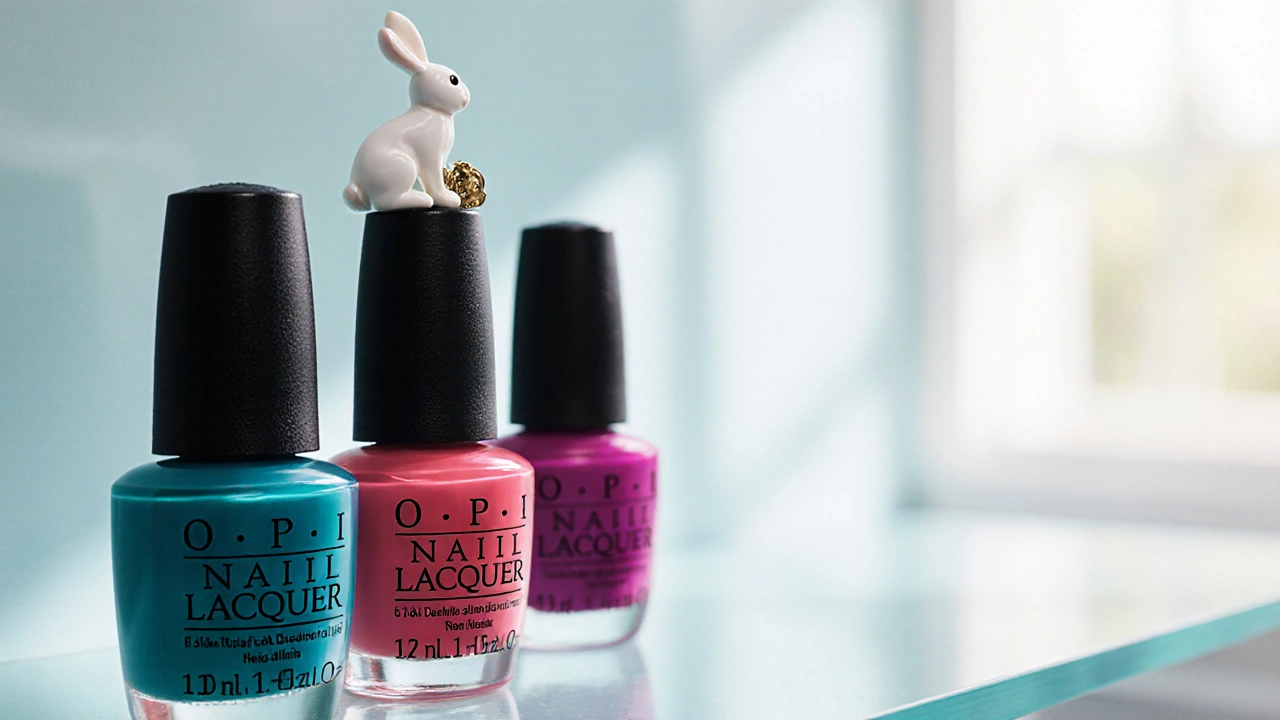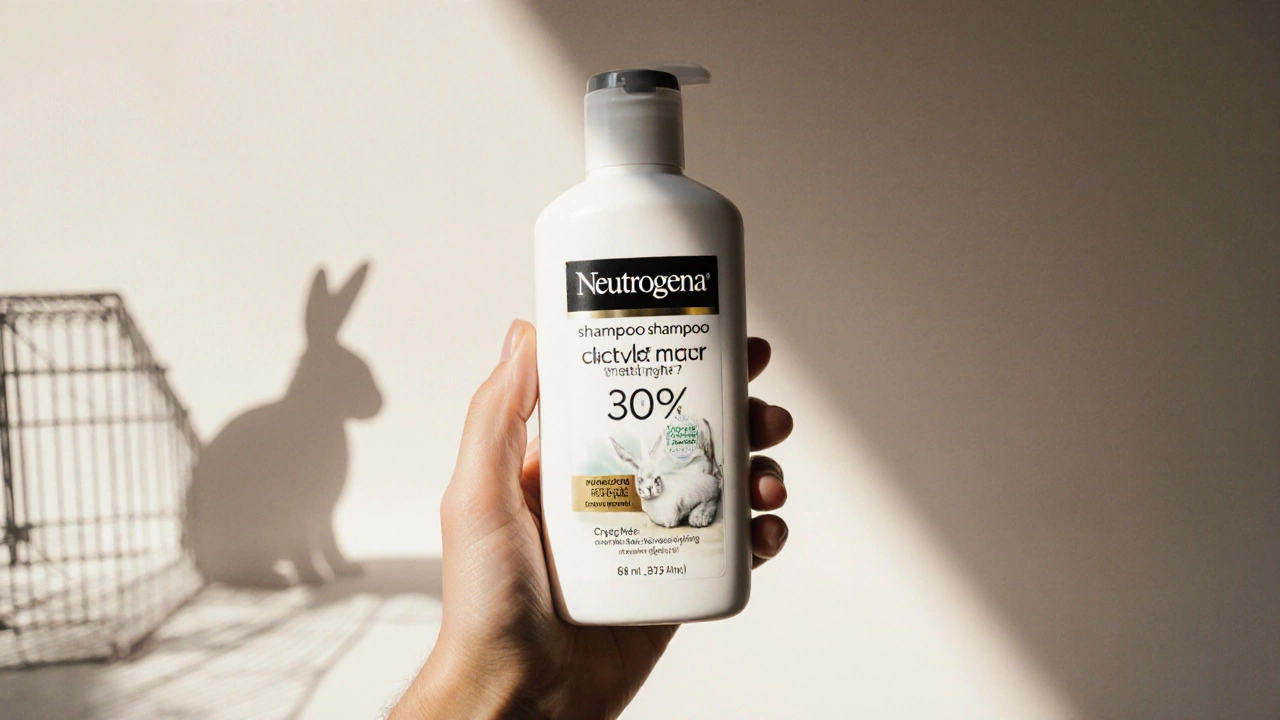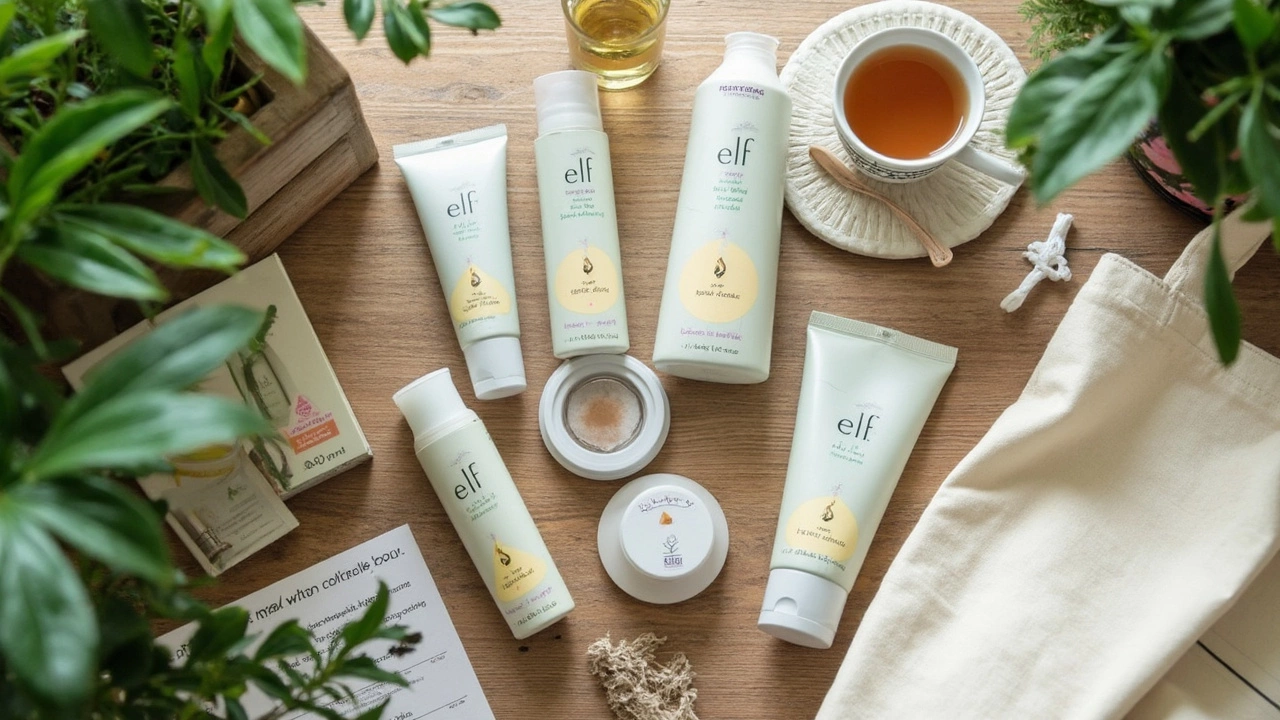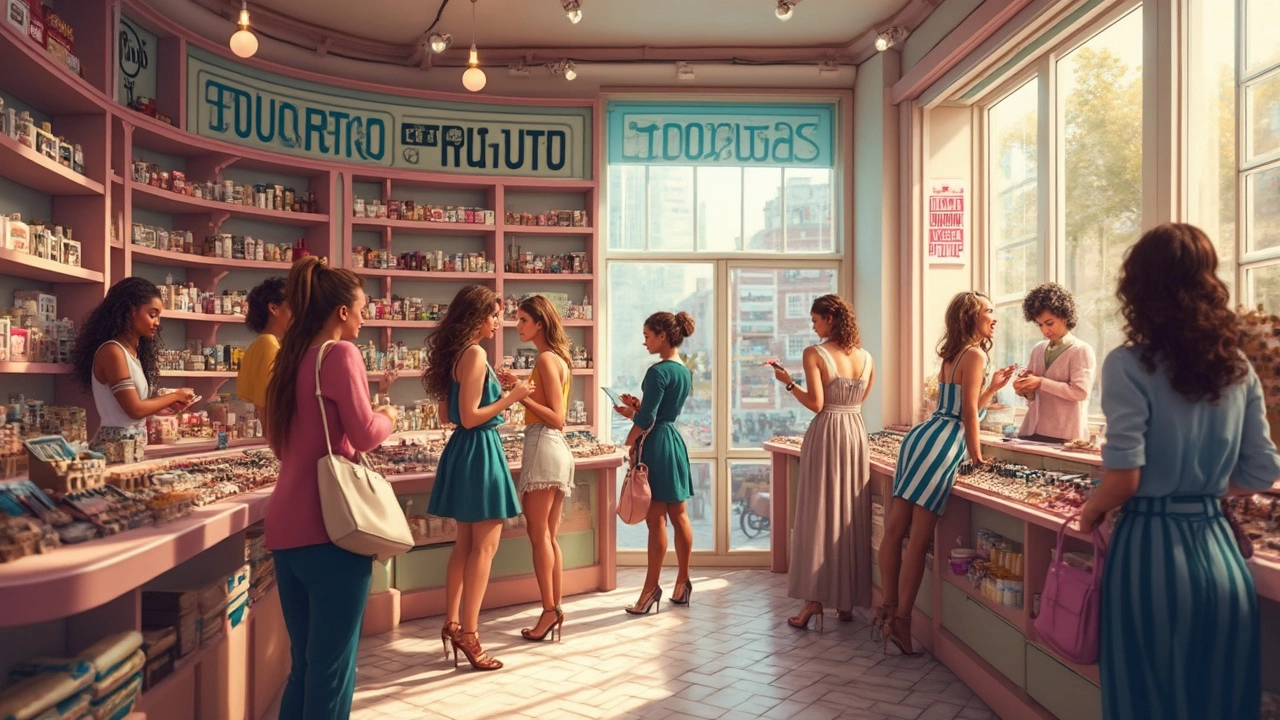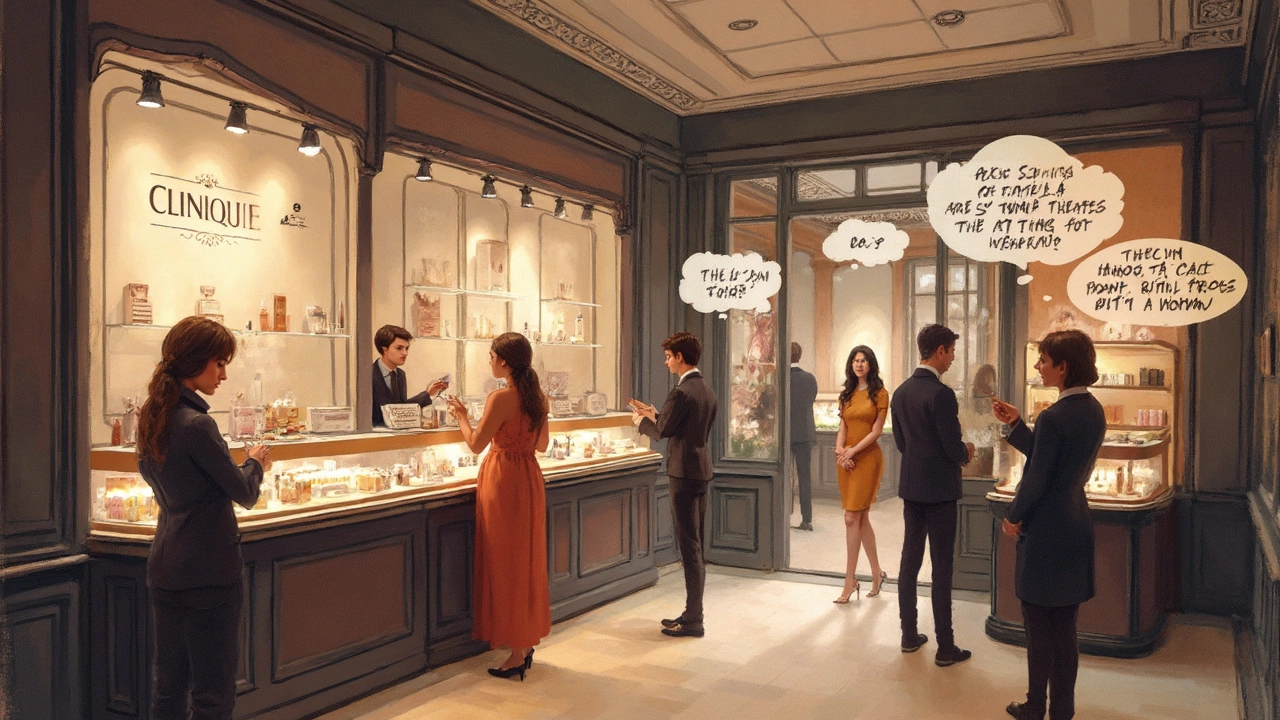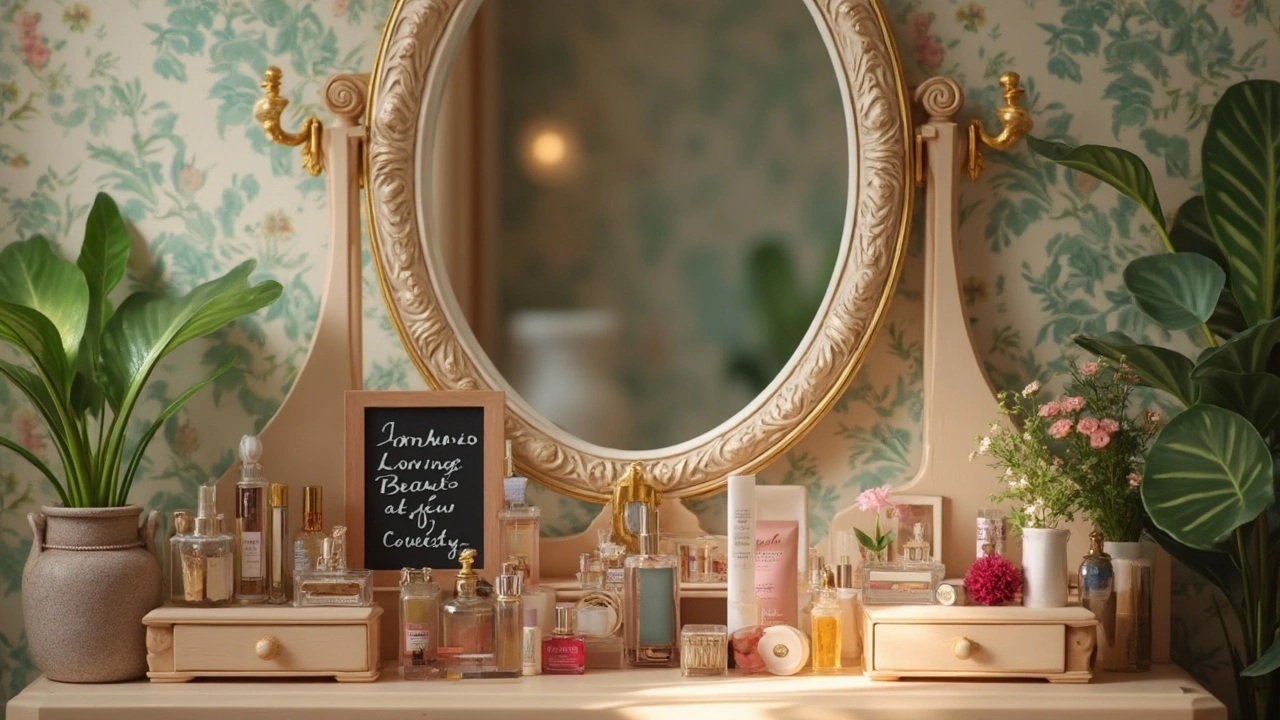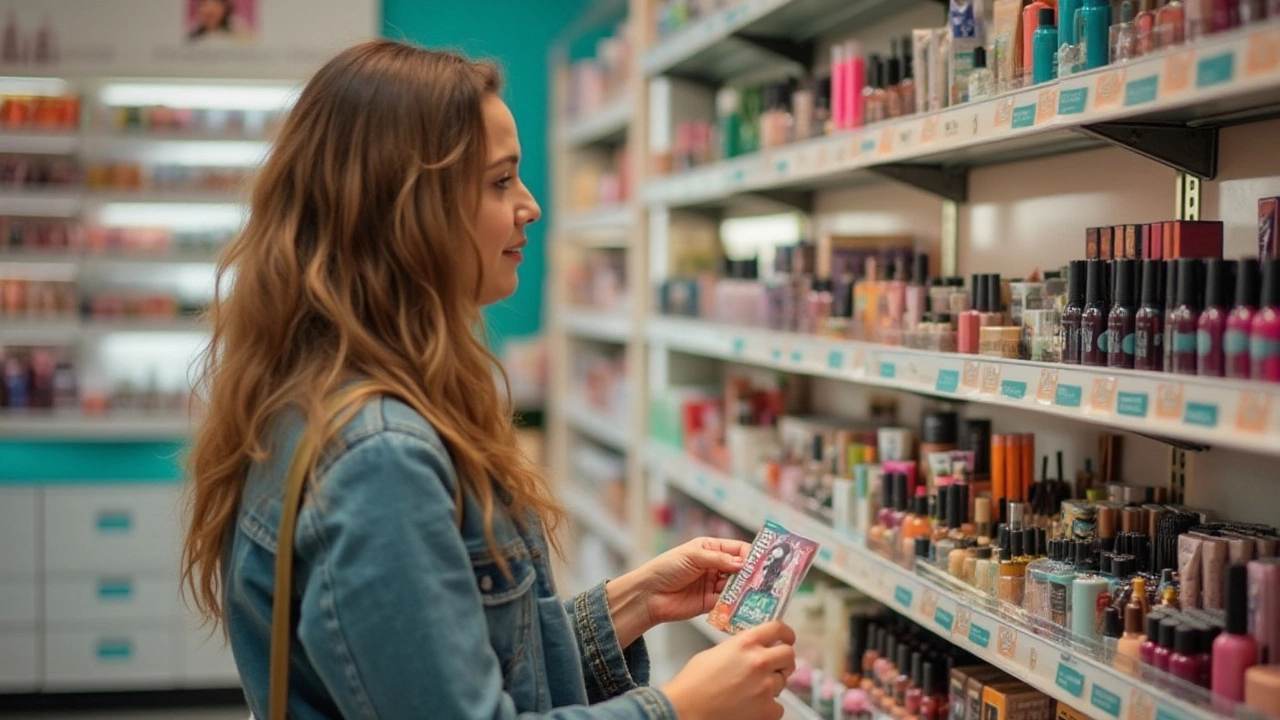Cruelty-Free Makeup: Real Reviews and Easy Buying Tips
If you love makeup but hate the idea of animal testing, you’re not alone. Plenty of brands shout "cruelty‑free" on their packaging, but the truth can be murky. This guide gives you straight‑forward ways to tell if a brand is legit, highlights a few top drugstore picks, and points you to deeper dives on popular names like Elf, CoverGirl, Clinique, and Revlon.
How to Spot a Truly Cruelty‑Free Brand
First off, look for recognized certifications. The Leaping Bunny and PETA cruelty‑free logos are the most trusted because they require third‑party audits. If you only see a cute bunny icon that’s not tied to an organization, treat it with caution.
Next, check the brand’s parent company. Some labels belong to conglomerates that still test on animals when required by law in certain markets. For example, a drugstore brand might be owned by a larger corporation that sells products in China, where animal testing is mandatory. In those cases, the brand’s cruelty‑free claim often falls short.
Finally, read the fine print. A genuine cruelty‑free statement will say something like "we do not test on animals nor commission testing," and will list the countries where their products are sold. Vague language or “except where required by law” is a red flag.
Top Drugstore Picks That Keep It Clean
Budget‑friendly doesn’t have to mean compromising ethics. Here are three drugstore lines that consistently meet the standards:
- e.l.f. Cosmetics – Their products are Leaping Bunny certified, and the brand is transparent about ingredient sourcing. Our deep dive on e.l.f. explains how they keep costs low while staying ethical.
- CoverGirl – As of 2025, CoverGirl still holds a cruelty‑free status, but you’ll want to follow updates because ownership changes can affect policies. We break down the latest info in our CoverGirl article.
- Revlon – Revlon has faced scrutiny, but many of its sub‑brands now carry cruelty‑free certifications. Check the specific line you’re buying, and read our Revlon guide for the most recent facts.
These brands are easy to find at most supermarkets, and they often run promos that make switching to cruelty‑free even sweeter.
When you shop, keep a short checklist handy: certification logo, parent company policy, and clear cruelty‑free wording. If any point feels fuzzy, skip that product and look for a clearer alternative.
Want more detail on a specific brand? We’ve written quick fact‑checks on Elf, CoverGirl, Clinique, and Revlon that walk you through each company’s testing history, ingredient safety, and how to spot counterfeit cruelty‑free claims. Use those posts as a reference whenever you’re unsure.
Bottom line: staying cruelty‑free is all about a bit of research and a habit of double‑checking labels. With the right tools, you can fill your makeup bag with products that look good and feel right. Happy, ethical shopping!

